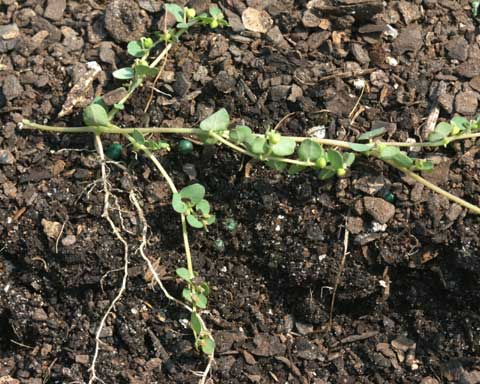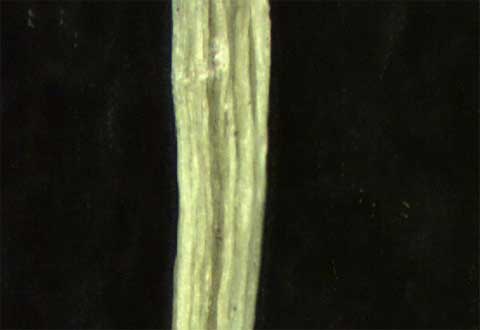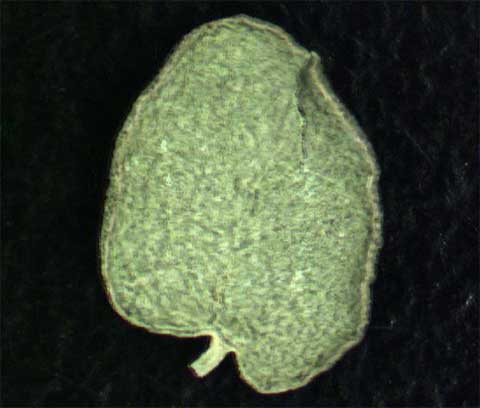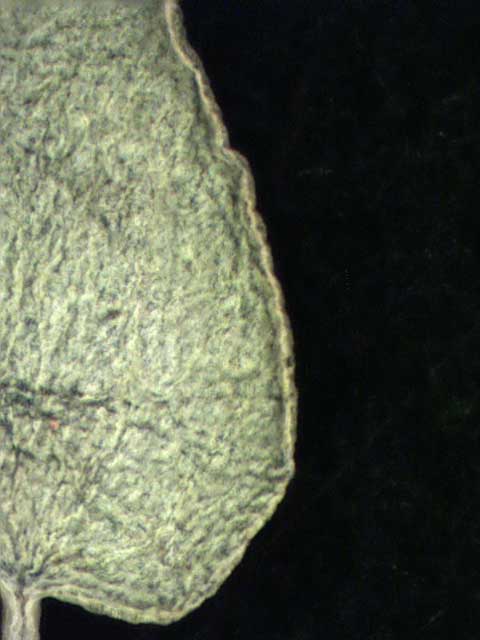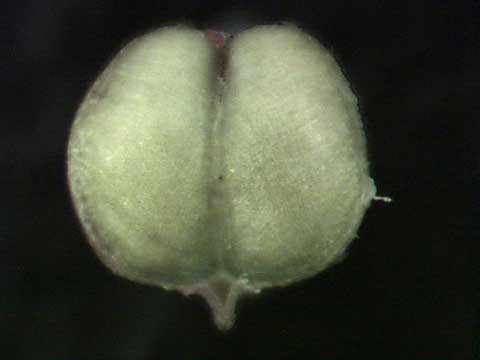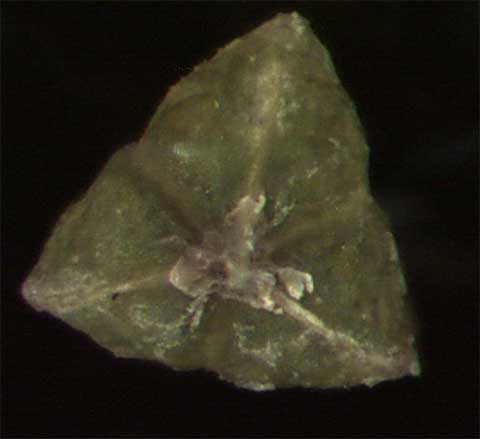Herbicide Effectiveness [top]
Key to Rankings
Barricade/Regalkade
?
Broadstar
?
Gallery
?
OH2
?
Pennant Magnum
?
Pendulum
?
Regal OO
?
Ronstar
?
Rout
?
Showcase
?
Snapshot TG
?
Surflan
?
Treflan
?
Description [top]
Spurges (Chamaesyce spp., Euphorbiaceae) are summer annual weeds that flourish in warm weather, but in warmer climates some can persist into late fall. Plants flower in summer and early fall then die after frost. Flowers are greenish-white. Spurges are some of the most common warm-season weeds in container nurseries. Various species are important in different nurseries because of different weed introductions, production practices, and weed management strategies. Each exudes a milky sap when stems or leaves are broken.
Control Guidelines for Spurges: Because spurges flower when young and have little or no seed dormancy, weed populations can increase rapidly. Remove plants when young to reduce seed production. They are time consuming to hand weed due to the number of seedlings that form. Some species may forcefully discharge seeds. Spurges are well controlled by most preemergence nursery herbicides containing a dinitroaniline, but less well controlled by oxadiazon or oxyfluorfen.
Creeping spurge (Chamaesyce serpens): This species differs from the other prostrate spurges by rooting at the nodes, having smaller, more rounded leaves, and lacking hairs on the stem. Little else is known about this species other than that it is naturalized in California and recently found in nurseries in the eastern US. Anecdotal evidence suggests that common preemergence herbicides used in nurseries for spotted spurge control will likely control C. serpens from seed. [TOP]
